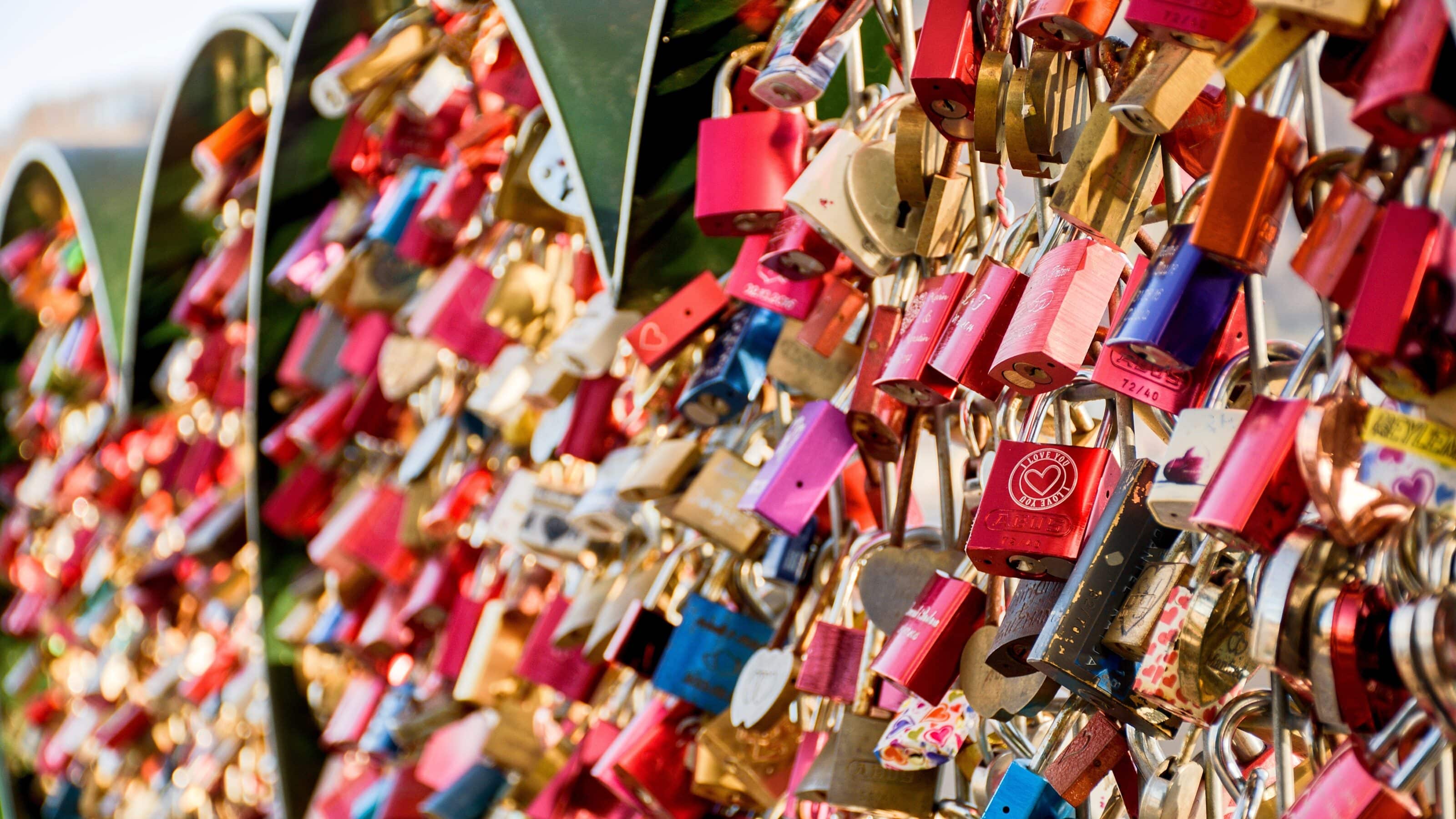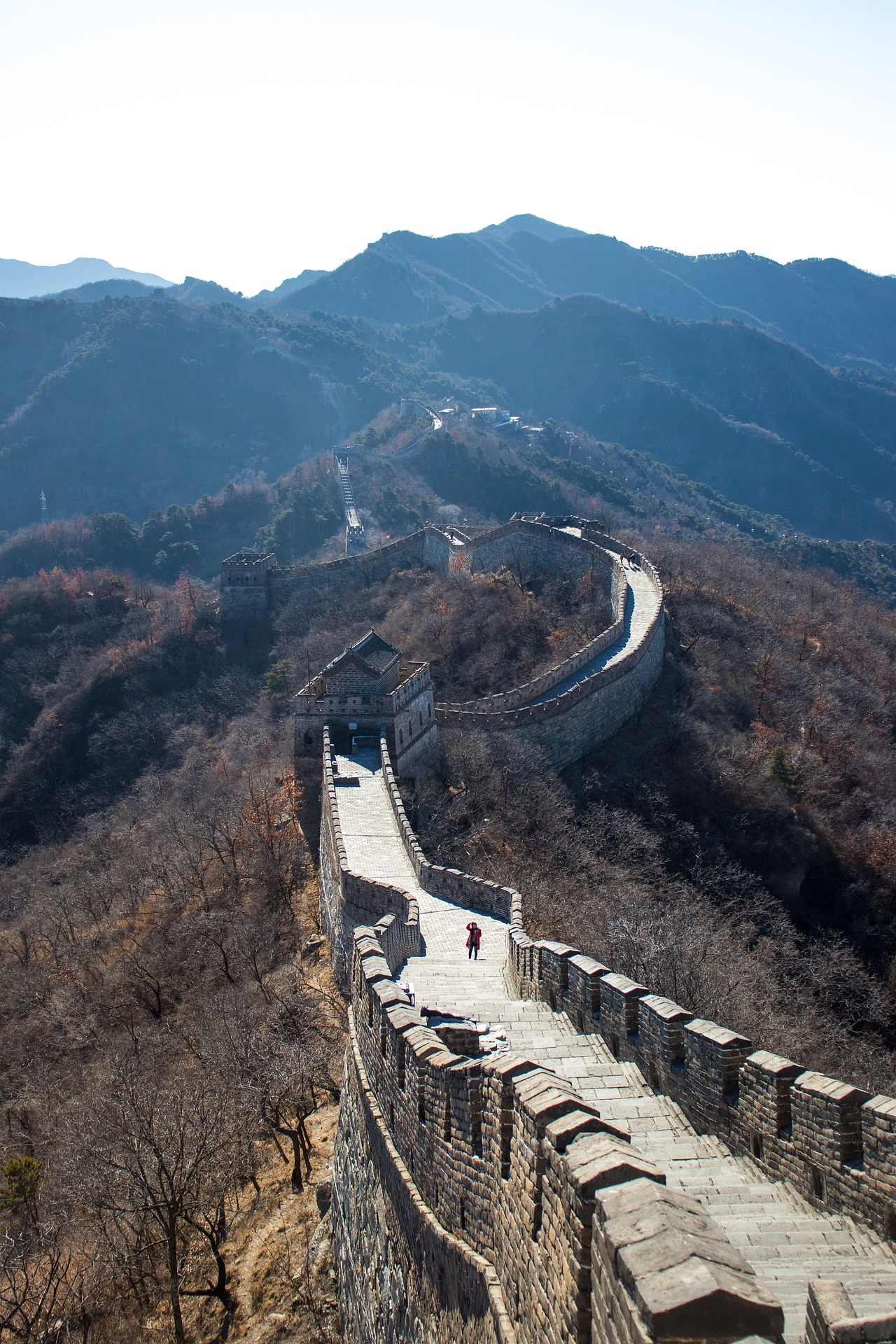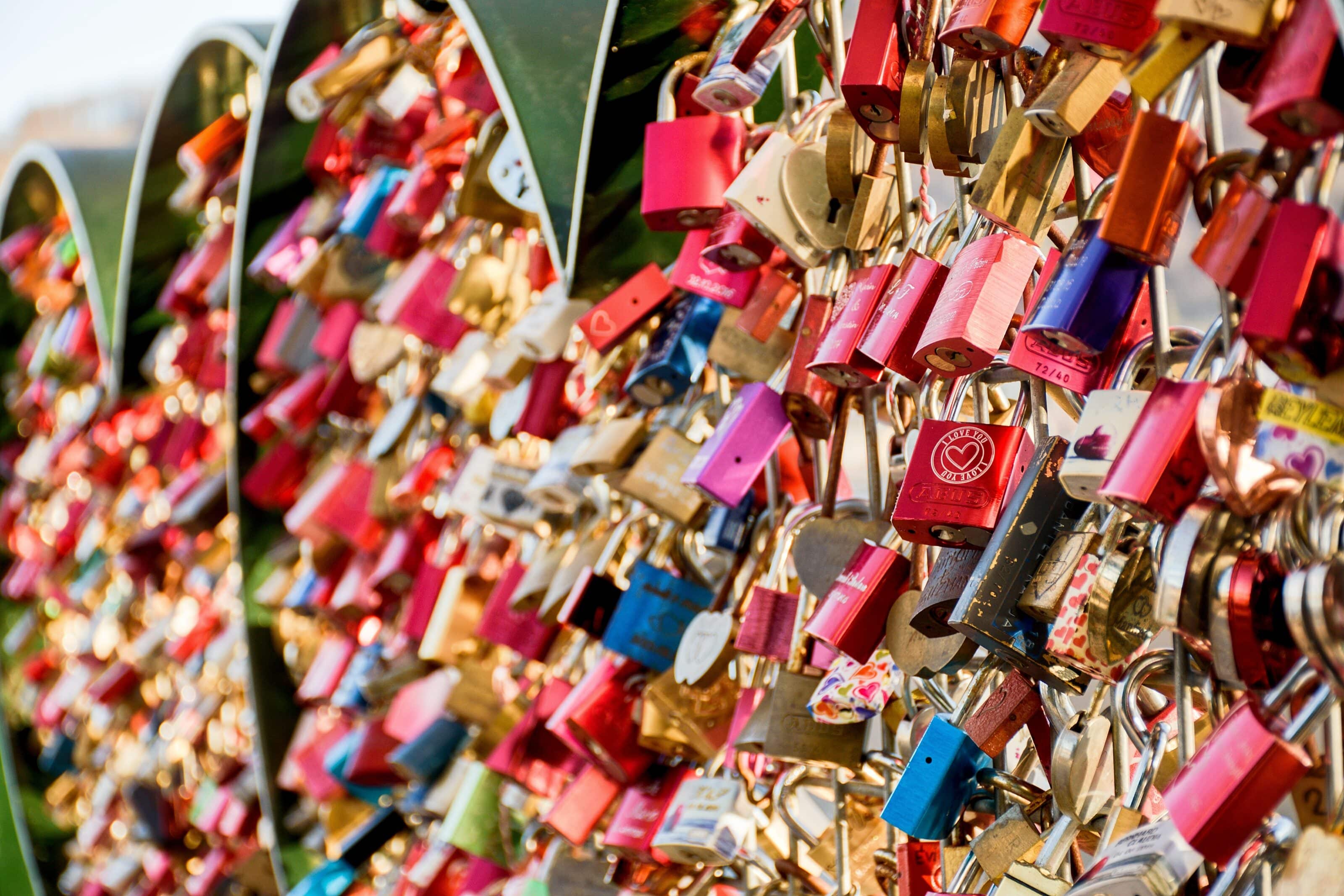Vacation Photography

Vacations and cameras go together like sensors and shutters. Almost nobody today heads out on vacation without their camera. Meanwhile, it doesn’t really matter what that camera is like. Much more important is why you’re going on vacation, and what you’ll be doing there. Today we’ll tell you what to focus on, what to avoid, and what to present in your vacation photography.
Before you pull out your camera to start taking pictures, think about why you came to visit your vacation destination in the first place. You may be there for relaxation, or maybe you’re out to discover nature or culture, or maybe for sporting activities. Whatever your goal may be, your pictures should reflect it.
What Should I Photograph?
For many of you, photography will be the main reason why you’re going on vacation. In that case, everything’s clear from the start. For the rest of you, think about the reason for your vacation before reaching for your camera. Your vacation may be all about relaxation, family, and friends. So use your camera to capture peace, calm, and good moods. Take mainly snapshots, and above all don’t go overboard, because otherwise, you can quickly reach a situation where your “models” start refusing to work with you.

Many vacations, meanwhile, are about tourism—visiting cultural and natural landmarks. Photographs from these tend to show the members of the “expedition” being by a certain place (a museum, castle, lake, etc.). The most common error here is where everyone steps in front of the given place and ends up hiding it.
The solution is simple. Choose an appropriate focal distance based on your group’s size and distance from the object or location. But also, don’t forget composition! Don’t compose to the center. Always arrange people so that they don’t literally overshadow the reason why you’re there in the first place. Use a tight aperture, so that you get a high depth of focus. That way your pictures will show off both your landmarks and your group in clear focus.

Photos showing nothing but landmarks on their own are a chapter all their own. Pictures of buildings practically beg to serve as illustrations of those buildings’ size. So try to include something else in the picture for scale. You can use anything, as long as every viewer will recognize it: a car, a person, etc. Do your best to put these “objects for scale” close to your photographs’ subjects, as this best highlights their size.

Scout Your Site
One other thing you need for good vacation photos is knowledge. Knowledge of the things you’re photographing. When you know what you’re framing in the viewfinder, it’s easier to present the most important parts.

There are exceptions, though. Especially when your knowledge causes you to work as a tourist, and not as a photographer. Doing that can rob you of original views, angles, and compositions.
The best solution is to find the best of both the photographer and the tourist inside you. That way you’ll have photos that capture what a tourist wants to see, in a way a photographer would be proud to see it.
Less Is More
Selecting and presenting your photos is an important part of the photography workflow and one that we’ll definitely devote an article to in the future. You know there’s nothing more boring than sifting through thousands of vacation photos. And a flood of photographs is just as boring for your audience! If you really want the rotten tomatoes, be sure to include the same scene multiple times, once with a tree in the way, once after a car drove away, and once because your sister finally smiled.
They say size doesn’t matter, but the size of your photo flood will matter, so choose carefully which photos you want to show off e.g. in slides, on Facebook, or on our Zonerama galleries. To avoid boring your audience, make sure your photos always tell a story or at least illustrate a situation.
And think of who will be viewing your photos. Will it be family? Friends? Strangers on Flickr? Strangers are especially likely to miss any subtle points in your photos… especially if they’re inside jokes.
